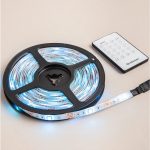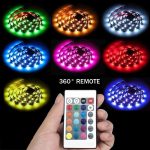LED Light Bulbs: The EnergyEfficient Lighting Solution You Need
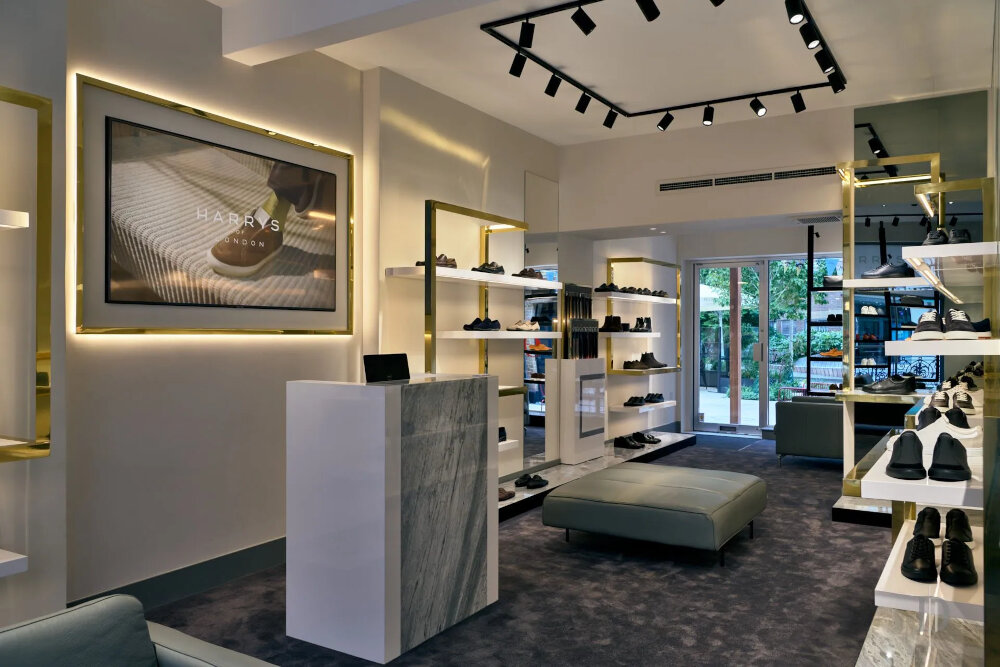
LED light bulbs are the future of lighting solutions. These small, but effective bulbs have significantly transformed the way we illuminate our homes and businesses. They are not only energy-efficient but also environmentally friendly, which makes them a more sustainable and cost-effective option for lighting. Unlike traditional incandescent bulbs, LED bulbs use less energy, last longer, and produce less heat. The LED technology offers a range of benefits that make it a worthy investment for anyone looking to upgrade their lighting systems. LED bulbs are versatile and can be used in various lighting settings. They are available in different colors, shapes, and sizes, making them suitable for different lighting purposes. Whether you need to light up your living room, kitchen, office, or outdoor space, there is an LED bulb that can meet your specific needs. Moreover, LED bulbs are dimmable, which means you can adjust the brightness to create the perfect ambiance for any occasion. With LED bulbs, you can enjoy bright, consistent, and high-quality light without worrying about the high energy bills that come with traditional bulbs. In this article, we will explore the benefits of LED light bulbs and why you need to switch to this energy-efficient lighting solution.
Understanding LED Light Bulbs
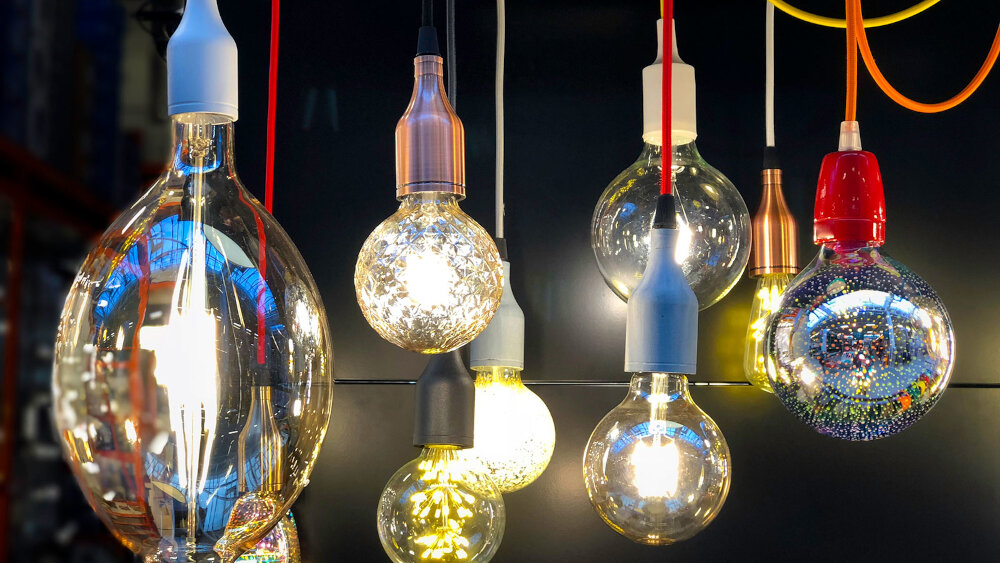
LED light bulbs have become increasingly popular in recent years due to their energy-efficient nature and long-lasting durability. LED stands for \Light Emitting Diode,\ which is a semiconductor device that produces light when an electric current passes through it. Unlike traditional incandescent light bulbs that use a filament to produce light, LED bulbs use a series of diodes to emit light. This makes them more efficient because they waste less energy in the form of heat. Additionally, LED bulbs last much longer than incandescent bulbs, with some models boasting a lifespan of up to 25,000 hours. Another advantage of LED light bulbs is their versatility. They come in a variety of shapes and sizes, making them suitable for a wide range of applications. From small, decorative bulbs to large, high-wattage bulbs for industrial settings, there is an LED bulb to suit almost any need. Additionally, LED bulbs are available in a range of color temperatures, from warm yellow to cool blue, allowing you to create the perfect ambiance in any room. With their energy efficiency, long lifespan, and versatility, LED light bulbs are a smart choice for anyone looking to upgrade their lighting.
LED light bulbs are a type of lighting that has become increasingly popular in recent years due to their energy efficiency and longevity. Unlike traditional incandescent bulbs, which use a filament to produce light, LED bulbs use a semiconductor to emit light when an electrical current is applied. This makes them much more efficient and durable than traditional bulbs, as they use less energy to produce the same amount of light and can last up to 25 times longer. Additionally, LED bulbs come in a variety of colors and can be dimmed, making them a versatile and customizable lighting solution for any space. With their numerous benefits, LED light bulbs are quickly becoming the go-to choice for homeowners and businesses alike.
LED light bulbs are the energy-efficient lighting solution that have taken the world by storm. They work by using a semiconductor material that emits light when an electric current is applied. Unlike traditional incandescent bulbs, which produce light by heating a filament until it glows, LED bulbs do not waste energy as heat. This means that they use far less energy to produce the same amount of light, making them a much more environmentally-friendly and cost-effective option. Additionally, LED bulbs have a much longer lifespan than traditional bulbs, meaning that they need to be replaced less frequently, reducing waste and saving money in the long run. Overall, LED light bulbs are an excellent choice for anyone looking to save energy and reduce their carbon footprint, while still enjoying high-quality, reliable lighting.
LED light bulbs are a perfect energy-efficient lighting solution for any home or workplace. First and foremost, LED bulbs consume significantly less energy than traditional incandescent bulbs, resulting in a reduction in energy bills. Additionally, these bulbs are incredibly long-lasting, with a lifespan of up to 25,000 hours, which means fewer replacements are needed, resulting in a lower carbon footprint. LED bulbs are also eco-friendly, as they don’t contain any hazardous materials like mercury, which can be found in fluorescent bulbs. Furthermore, LED bulbs emit a brighter light and come in a range of colors, making them perfect for enhancing the ambiance of any space. Investing in LED light bulbs is an excellent way to save money, conserve energy, and reduce your environmental impact.
When compared to traditional incandescent bulbs, LED light bulbs offer numerous advantages. Firstly, they are much more energy-efficient, consuming up to 80% less energy than incandescent bulbs. This translates to significant cost savings on electricity bills, especially in households with multiple light fixtures. Secondly, LED bulbs last much longer than incandescent bulbs, with lifespans of up to 25,000 hours compared to the typical 1,000 hours of an incandescent bulb. This means that LED bulbs need to be replaced much less frequently, leading to further cost savings and reduced waste. Additionally, LED bulbs emit very little heat, unlike incandescent bulbs which can get very hot and pose a fire hazard. Overall, LED light bulbs are a superior lighting solution that offers energy savings, cost savings, and increased safety.
Energy Efficiency of LED Light Bulbs
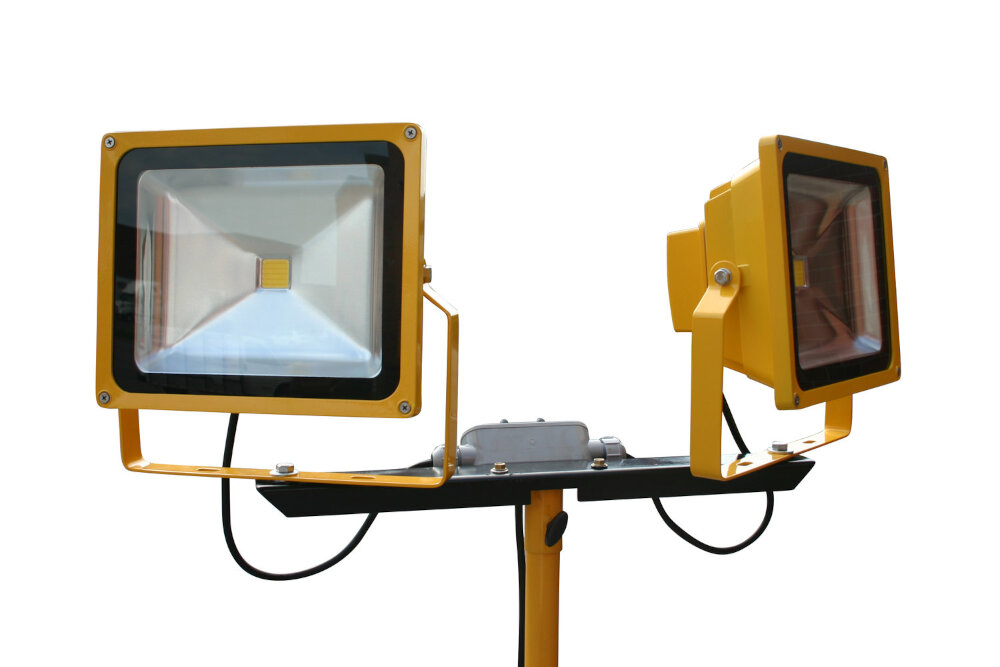
LED light bulbs are an excellent choice for energy efficiency in lighting solutions. Compared to traditional incandescent bulbs, LED bulbs use up to 80% less energy, which translates to significant cost savings over time. In addition, they last much longer, meaning less maintenance and fewer replacements needed. LED bulbs also emit less heat, which reduces the load on air conditioning systems during the hot summer months. Overall, LED bulbs are a smart and sustainable choice for any home or business looking to reduce energy consumption and save money on utility bills. One of the most significant advantages of LED bulbs is their versatility in design and application. They come in a wide range of colors and brightness levels, making them ideal for a variety of settings, from homes and offices to outdoor spaces and commercial buildings. LED bulbs are also highly customizable, with options for dimming, color-changing, and smart control features. This flexibility allows for greater control over lighting usage, enabling users to adjust the lighting to their specific needs and preferences. As technology continues to advance, LED bulbs are becoming even more energy-efficient and environmentally friendly, making them an increasingly popular choice for consumers and businesses alike.
LED light bulbs are the perfect energy-efficient lighting solution for those who want to reduce energy consumption and save money on their electricity bills. Compared to incandescent bulbs, LED bulbs use significantly less energy to produce the same amount of light. In fact, they can use up to 80% less energy than traditional bulbs, which makes them a cost-effective and sustainable choice for any household or business. Not only do LED bulbs save energy and money, but they also have a longer lifespan and require less maintenance, making them a smart investment in the long run. Switching to LED bulbs is a simple and effective way to reduce your carbon footprint and contribute to a more sustainable future.
Energy Star ratings are an essential aspect of LED bulbs, and they indicate the bulb’s energy efficiency. LED bulbs that carry the Energy Star rating have met the strict energy efficiency criteria set by the US Environmental Protection Agency (EPA). These criteria are designed to help consumers identify energy-efficient products that save energy, reduce greenhouse gas emissions, and lower utility bills. The Energy Star rating also assures the quality of the bulb’s performance, longevity, and color consistency. Therefore, when you choose LED bulbs with an Energy Star rating, you not only save energy and money but also contribute to the environment by reducing your carbon footprint.
LED bulbs offer numerous environmental benefits, making them an ideal choice for anyone who is concerned about reducing their carbon footprint. One of the most significant advantages of LED bulbs is their energy efficiency. LED bulbs consume up to 80% less energy compared to traditional incandescent bulbs, which translates to reduced greenhouse gas emissions from power plants. Additionally, LED bulbs have a longer lifespan, which means less waste and fewer resources used in manufacturing and transporting new bulbs. LED bulbs also do not contain toxic materials like mercury, which can be harmful to the environment when disposed of improperly. By using LED bulbs, you can significantly reduce your energy consumption and make a positive impact on the environment.
Choosing the Right LED Light Bulbs
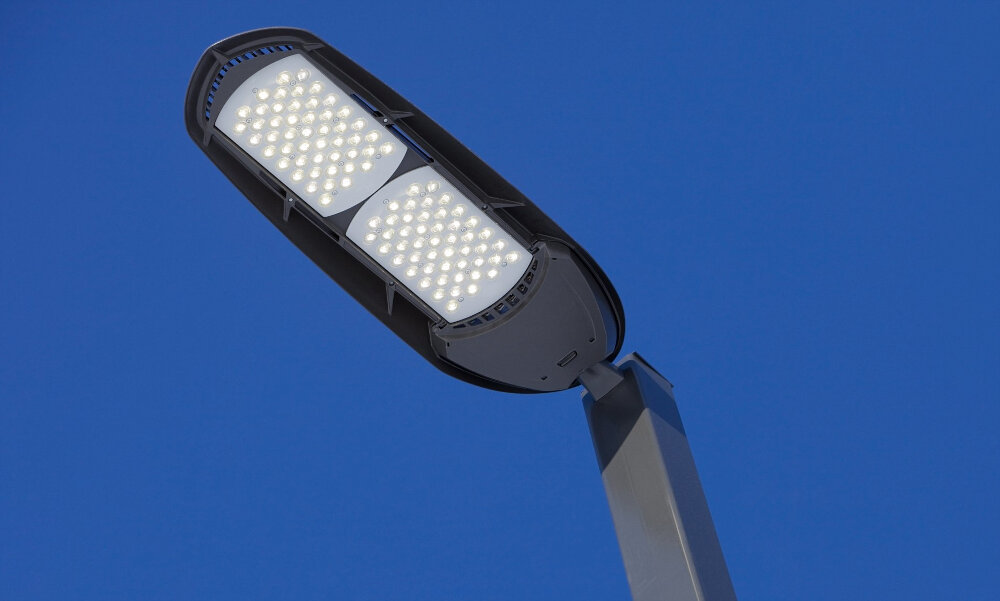
When it comes to choosing the right LED light bulbs, there are a few factors to consider to ensure you get the best option for your needs. First and foremost, it’s important to consider the brightness level of the bulbs. LED bulbs come in a range of brightness levels, measured in lumens, so you can find options that are suitable for everything from task lighting to ambient lighting. Additionally, you’ll want to consider the color temperature of the bulbs, as this can have a significant impact on the mood and feel of a room. Lower color temperatures, around 2700K, provide a warm and cozy atmosphere, while higher temperatures, around 5000K, offer a cool and energizing feel. Lastly, don’t forget to consider the size and shape of the bulbs, as different fixtures require different sizes and shapes to fit properly. Another important factor to consider when choosing LED light bulbs is the energy efficiency of the bulbs. LED bulbs are significantly more energy-efficient than traditional incandescent bulbs, which can save you a lot of money in the long run. Look for bulbs with a high lumens-per-watt ratio, as this indicates that the bulbs are using less energy to produce the same amount of light. Additionally, consider the lifespan of the bulbs, as LED bulbs can last significantly longer than incandescent bulbs, which means you’ll need to replace them less frequently. By choosing the right LED light bulbs, you can enjoy energy-efficient lighting that saves you money and provides the right level of brightness and color temperature for your needs.
Wattage and lumens are two essential terms when it comes to LED light bulbs. Wattage refers to the amount of power consumed by the bulb, whereas lumens refer to the amount of light emitted by the bulb. In traditional incandescent bulbs, higher wattage meant brighter light. However, with LED bulbs, wattage is not a reliable indicator of brightness. Instead, lumens are used to measure the brightness of LED bulbs. LED bulbs are highly energy-efficient, and they consume far less energy than traditional bulbs. They also last much longer, which means you can save money on your energy bills and replacement costs. When choosing LED bulbs, make sure to pay attention to the lumens rather than wattage, as this will help you find the right level of brightness for your needs.
Color temperature is an essential aspect to consider when choosing LED light bulbs. It refers to the hue of light that the bulb produces, ranging from warm tones to cool tones. Measured in Kelvin (K), the lower the number, the warmer the light, and the higher the number, the cooler the light. Warm lights are suitable for creating a cozy and inviting atmosphere, while cooler lights are ideal for task-oriented areas such as kitchens and workspaces. LED bulbs offer a wide range of color temperature options, making it easy to select the perfect shade for any room or purpose. By choosing LED bulbs with the right color temperature, you can create the perfect ambiance in your home while enjoying the energy efficiency and long lifespan benefits of LED lighting.
When it comes to LED light bulbs, it’s important to consider their compatibility with dimmer switches before making a purchase. While most LED bulbs are dimmable, not all of them are compatible with all types of dimmer switches. Some LED bulbs may flicker or emit a buzzing sound when used with certain dimmers, which can be annoying and distracting. To ensure that your LED bulbs are compatible with your dimmer switches, it’s best to look for bulbs that are specifically labeled as dimmable and check the manufacturer’s recommendations for compatible dimmer switches. This will help you avoid any compatibility issues and ensure that you get the full benefits of LED lighting, such as energy efficiency, longevity, and versatility in terms of color temperature and brightness.
LED light bulbs come in a variety of shapes and sizes, making them perfect for any lighting need. The most common shapes are A19 and BR30. The A19 bulb is the classic, traditional shape and is perfect for table lamps or overhead fixtures. The BR30 shape is perfect for recessed lighting fixtures and track lighting. In addition, LED bulbs come in different sizes, from small to large. This versatility allows for LED bulbs to fit into any type of fixture, making them a great energy-efficient lighting solution for any home or business. With so many shape and size options, LED bulbs can provide the same quality of light as traditional bulbs, while using significantly less energy.
Installation and Maintenance of LED Light Bulbs
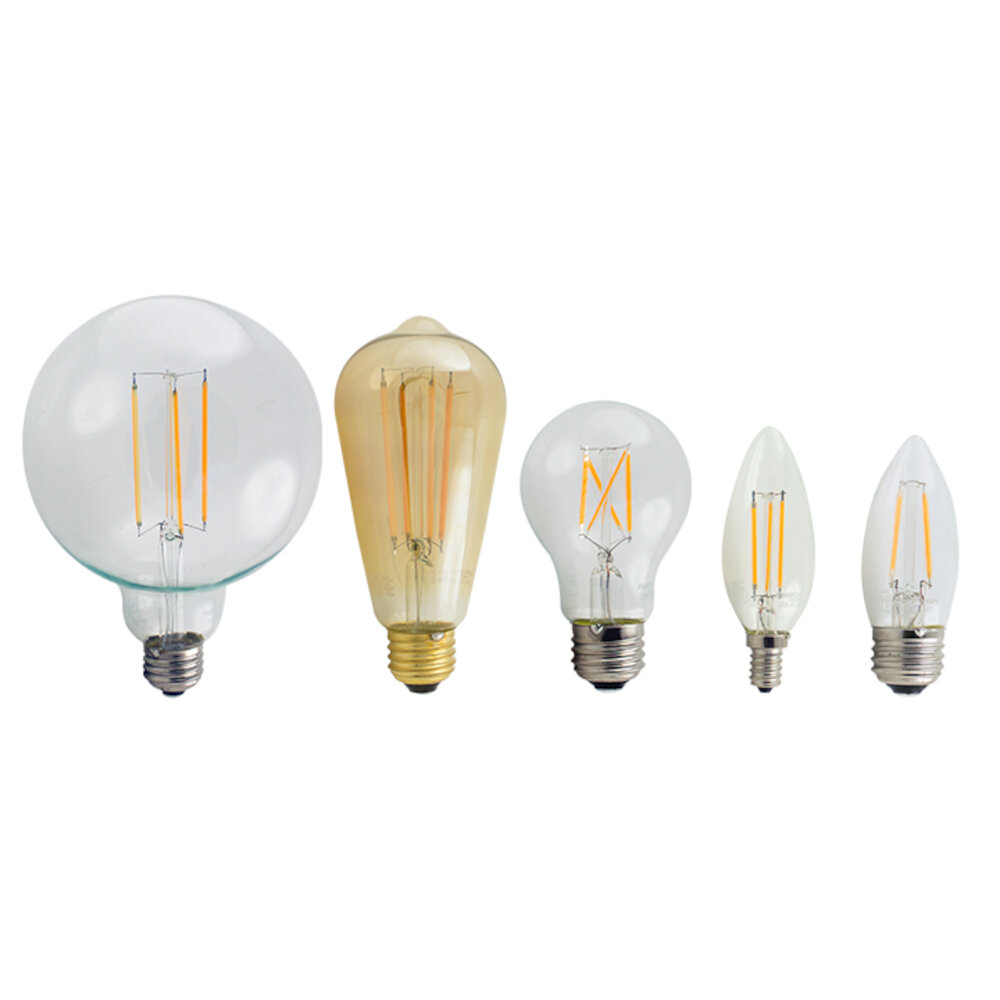
Installation and maintenance of LED light bulbs are relatively easy tasks. However, it is important to follow certain guidelines to ensure their longevity and maximum efficiency. Firstly, it is crucial to choose the right size and type of LED light bulb for your fixture. LED lights come in different shapes and sizes, and it is important to make sure that you select the one that fits your fixture. Additionally, you should check the voltage of the fixture to ensure that it is compatible with the LED bulb. Once you have selected the right LED bulb, make sure to turn off the power supply to the fixture before installing the bulb. Then, simply insert the LED bulb into the fixture and turn on the power. You can now enjoy the energy-efficient benefits of LED lighting. Maintenance of LED light bulbs is minimal but necessary to ensure their longevity. Firstly, it is important to keep the bulbs clean to ensure maximum light output. You can use a soft cloth or brush to gently remove any dust or debris that may have accumulated on the bulbs. Secondly, it is important to check for any signs of damage or wear and tear, such as cracks or discoloration. If you notice any damage, it is important to replace the bulb immediately to prevent any safety hazards. Lastly, it is important to turn off the power supply to the fixture before changing the LED bulb to prevent any electrical accidents. With proper installation and maintenance, LED light bulbs can last for many years and provide energy-efficient lighting for your home or business.
When installing LED bulbs, there are a few tips to keep in mind to ensure they work properly and efficiently. First, make sure to choose the correct bulb size and shape for your fixture. LED bulbs come in a variety of sizes and shapes, so be sure to check your fixture’s specifications before purchasing. Second, be sure to turn off the power to the fixture before installing the bulb to avoid any electrical shocks or hazards. Third, avoid touching the bulb with your bare hands, as oils from your skin can damage the bulb and reduce its lifespan. Lastly, consider investing in dimmable LED bulbs if you want to have more control over the brightness of your lighting. By following these tips, you can enjoy the many benefits of LED lighting, including energy efficiency and long-lasting performance.
When it comes to disposing of old bulbs, it’s important to handle them with care since they contain hazardous materials such as mercury. LED bulbs, however, do not contain mercury, making them safer to dispose of. If you have old incandescent or fluorescent bulbs, check with your local recycling center to see if they accept them. Some hardware stores also offer bulb recycling programs. Be sure to wrap them in newspaper or place them in a sturdy container to prevent breakage. Avoid throwing them in the trash, as this can be harmful to the environment. By properly disposing of old bulbs, you can help reduce the amount of hazardous waste in landfills and contribute to a cleaner, healthier planet.
Cleaning and maintaining LED bulbs is crucial for ensuring their longevity and optimal performance. To clean the bulbs, turn them off and wait for them to cool down before gently wiping them with a soft, dry cloth. Avoid using water or cleaning fluids as they can damage the bulb. Regular maintenance involves checking for any signs of damage, such as cracks or chips, and replacing any faulty bulbs immediately. Additionally, keeping the bulbs free from dust and debris can improve their efficiency and reduce the risk of overheating. By taking these simple steps, you can ensure that your LED bulbs remain energy-efficient and provide you with bright and reliable lighting for years to come.
LED bulbs have become increasingly popular due to their numerous benefits and advantages. First and foremost, they are incredibly energy-efficient, consuming up to 90% less energy than traditional incandescent bulbs. This not only saves money on electricity bills but also reduces carbon emissions, making them an environmentally-friendly option. Additionally, LED bulbs have a longer lifespan, lasting up to 25 times longer than traditional bulbs, which means they don’t need to be replaced as often. They also produce less heat, making them safer to use and reducing the risk of fire hazards. LED bulbs are also available in different colors and can be dimmed, providing more flexibility in lighting options. All in all, LED bulbs are an excellent choice for anyone looking for a cost-effective, long-lasting, and eco-friendly lighting solution.
In conclusion, LED light bulbs are an excellent choice for anyone looking to reduce their carbon footprint and save money on their energy bills. With their long lifespan, high efficiency, and low heat output, they offer a superior lighting experience compared to traditional incandescent bulbs. Furthermore, they come in a variety of shapes, sizes, and colors, making them suitable for any lighting need. Overall, I highly recommend switching to LED light bulbs for a more sustainable and cost-effective lighting solution.
Conclusion
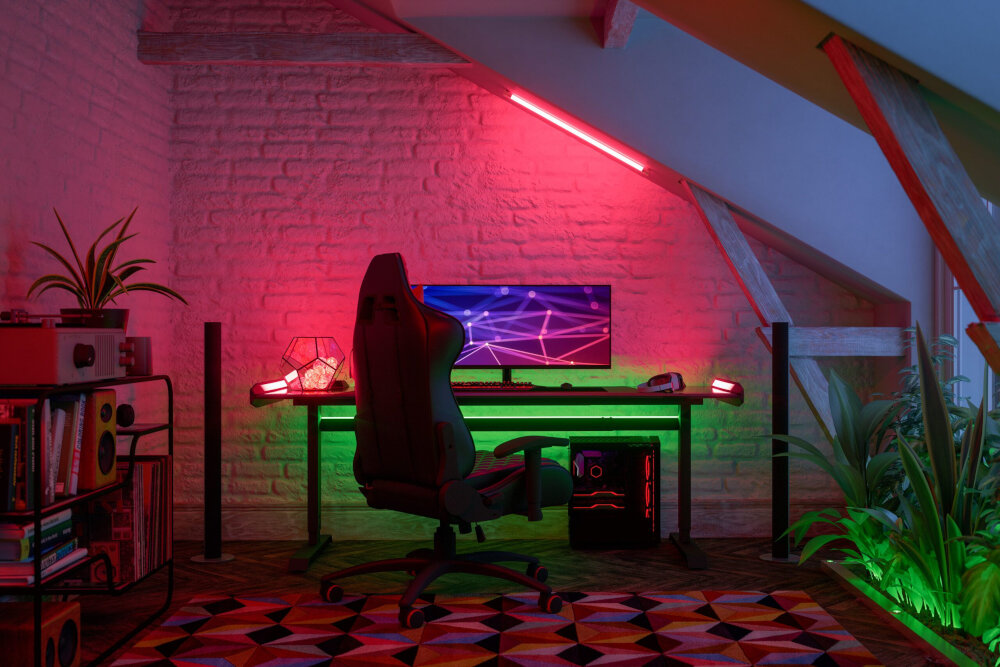
In conclusion, LED light bulbs have become an essential solution for energy-efficient lighting needs. The benefits of LED light bulbs are undeniable, including lower energy consumption, longer lifespan, and reduced maintenance costs. Not only are they eco-friendly, but they also provide brighter, clearer, and more consistent lighting than traditional bulbs. Investing in LED light bulbs can not only save you money on your energy bills but can also contribute to a greener and more sustainable future. So, if you’re looking for an affordable and effective way to upgrade your lighting system, LED light bulbs are the way to go.


